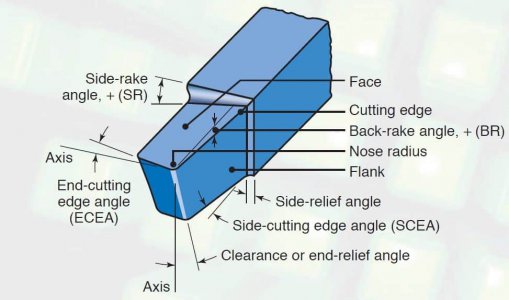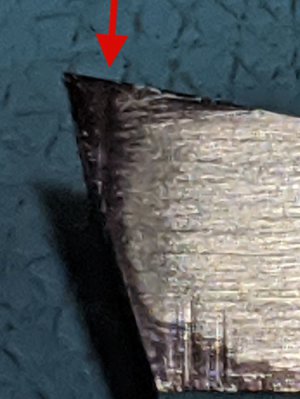@mikey My take away from your reply to pontiac428 is that I'm messing up the grind. Consequently, the hone is taking forever. It is an art to hold the tool correctly for honing. I'm using a death grip due to fear of messing up, but that's counter productive. If I relax some, it surprisingly seems better.
The real problem is the grinder. It needs to be modified to work better. Whether it can be altered sufficiently to generate crisp edges without rocking remains to be seen. The current aluminum top plate is soft and catches the edges of the tool bit. I also need to increase the notch on the right side of the grinder to get a better top relief. The far end of the tool is hitting the housing and belt guard, limiting the top relief cut.
Don't want to blame the grinder, but this unit wasn't designed to do tool grinding. There are definitely compromises. Hopefully, enough of the compromises can be overcome to generate decent grinds. Got to think about a new table surface that offers enough support where it's needed. And a better more controllable way to hog out the notch.



